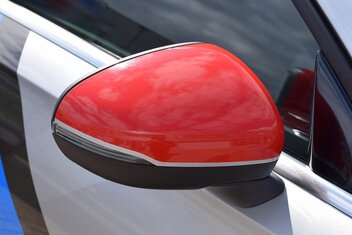 You want a clear road vision when driving. If you don’t, it is not safe. Tinting your car windows have benefits. However, it could be bad if window tinting greatly reduces the driver’s road visibility, especially in areas with poor light conditions. Here are some useful information about car window tinting. Regulated VLT In most states and territories in Australia tint requirement is no lower than 35 per cent VLT on sides and backs. For the tinted band at the top of the windscreen, the allowed VLT is not lower than 10 per cent. You cannot use reflective or mirror-like tint as such tint can cause glare that may lead to an accident. Not having the right VLT per cent on your tint may get you a violation ticket. Some choose to have colours that match their glass on the front two doors but this also falls in the not allowed tinting. Though this has been viewed as a “grey area” for years so you might get away with this type of tinting. Factory Tint It is common for new vehicles to have factory tint on window glass. However, this tint is not as advantageous as solar and privacy tint. There are specific grades of glass film designed to fit various tinting needs. Make sure that even with the combination of the two tints you are still able to get that 35 per cent VLT. Otherwise, you risk running your car on the road without following the darkest legal tint Ironbank. It is also worth noting that to enjoy the benefits of automotive window film, it should be installed properly. Getting your car windows tinted by a professional will go a long way. Comments are closed.
|